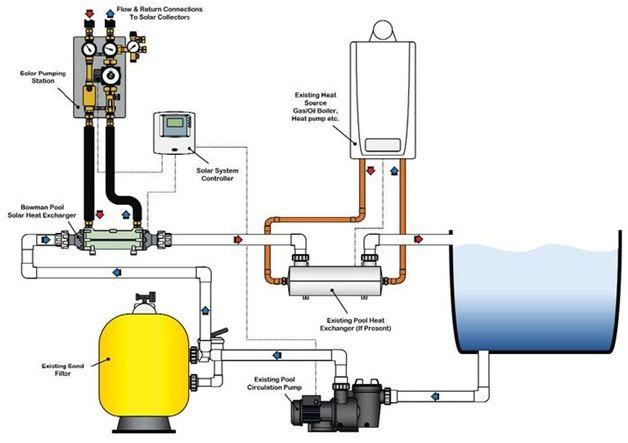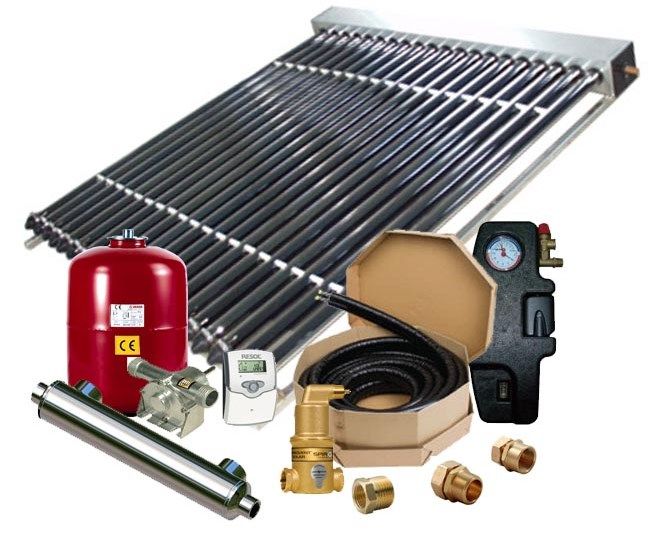With
the advancement of solar thermal systems, most pool owners are looking
to use solar for pool heating purposes. Generally, swimming pools are
seasonal and as such are only during the summer seasons.
However,
investing in solar can make pool owners get benefitted. The solar water heating systems for pool can be integrated so that in the summer they
supply enormous heat to the pool. In the winter, they provide home and
space heating as well as hot water. It means the solar pool heating
system can minimize heating bills throughout the year.
These
solar pool heating systems are available with much longer life
expectancy. They are capable of delivering enough heat energy throughout
the season than other type of solar pool heaters available.
The
heating kits are ideal of indoor pool owners looking for an alternative
to heat their pool during the winter. The cost of pool heater is
substantially much less than pool owners getting optimal savings over
fossil fuels and electricity. You will get larger savings than other
types of traditional solar pool heating methods.
Earlier, leaky plastic mats aligning the roofs of pool owner’s homes were used. Nowadays solar pool heating systems are using hi-powered solar evacuated tubes to deliver solar energy delivered indirectly to the pool.
Featured
with stainless steel or titanium heat exchanger, solar vacuum tubes
pool heaters can eliminate harmful damage that the chlorinated water can
affect on any solar heating kit. With the heat exchanger, solar pool
heater won’t any oversized pumps to raise the great volumes id water to
the top of roof.
Instead,
the solar pool heating system requires a small circulating pump that
draws less than a light bulb and the life expectancy is of 20 years. A
vacuum tube works in indirect and cloudy conditions.
It
means from sunrise to sunset and even on cloudy days you will use the
heating energy to the swimming pool. The vacuum tubes have a life
expectancy of over 25 years. Therefore, you won’t need to fix leaks and
replace mats in every three to five years.
The
ownership cost of the kit is substantially less. The hard wind
conditions won’t impact on the operation and efficiency of evacuated
tubes. Normally, plastic made pool heaters work like radiators that
remove heat energy quickly than it can be supplied whenever there’s even
a slight breeze.
But
the vacuum tubes work in minus 40 degree temperature. When the ambient
temperature is colder than the pool water, solar pool heating system
continues working. Other systems deliver heat when the air temperature
is much greater than the pool temperature. Hence, you can extend the
pool season by two to three months by using advanced sola vacuum tubes
pool heaters as a pool owner.
Bottom Line –
When
investing in solar pool heating systems, you should always count on
Solar Tubs. Our solar pool heaters last around four times longer than
the plastic mat heating systems. After all, solar heating is a popular
way to use solar energy for swimming pool and save more dollars in the
long run. For more information, please visit our website at https://www.solartubs.com/solar-pool-heating.html.


Comments
Post a Comment